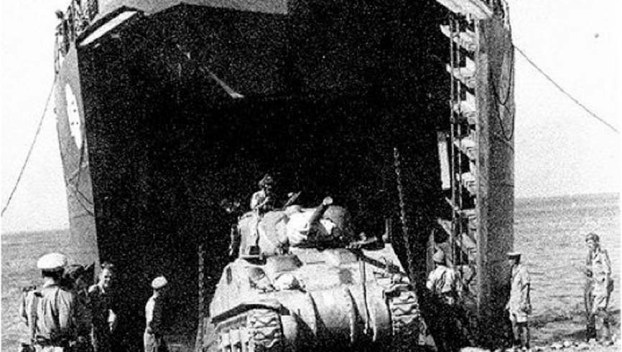
Lifestyles
Remembering a ship named for St. Clair
It’s hard to imagine that St. Clair County would have a ship named after it, but that is ... Read more

It’s hard to imagine that St. Clair County would have a ship named after it, but that is ... Read more